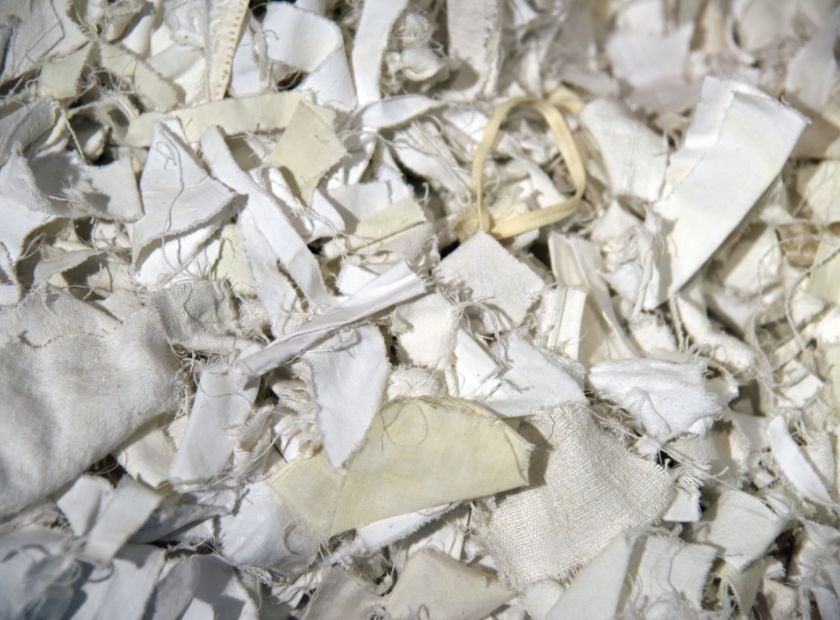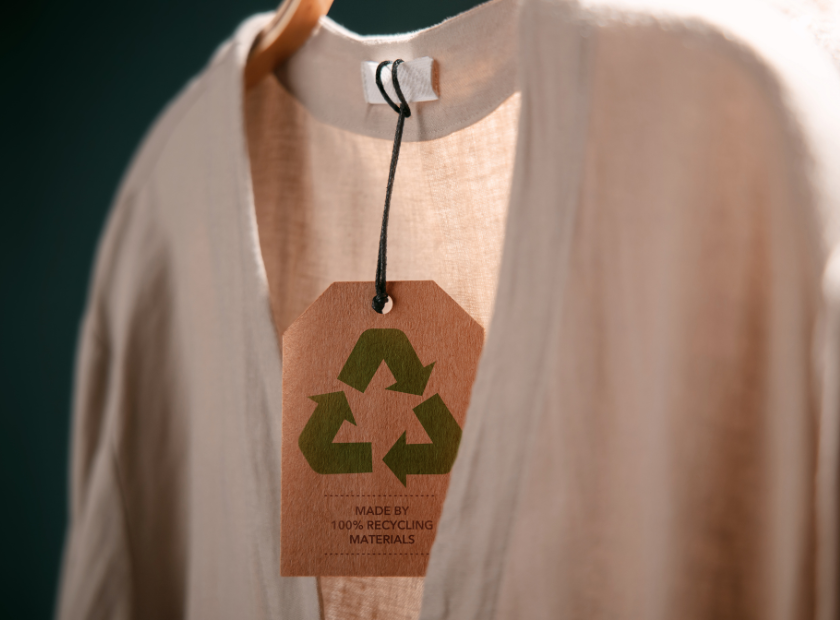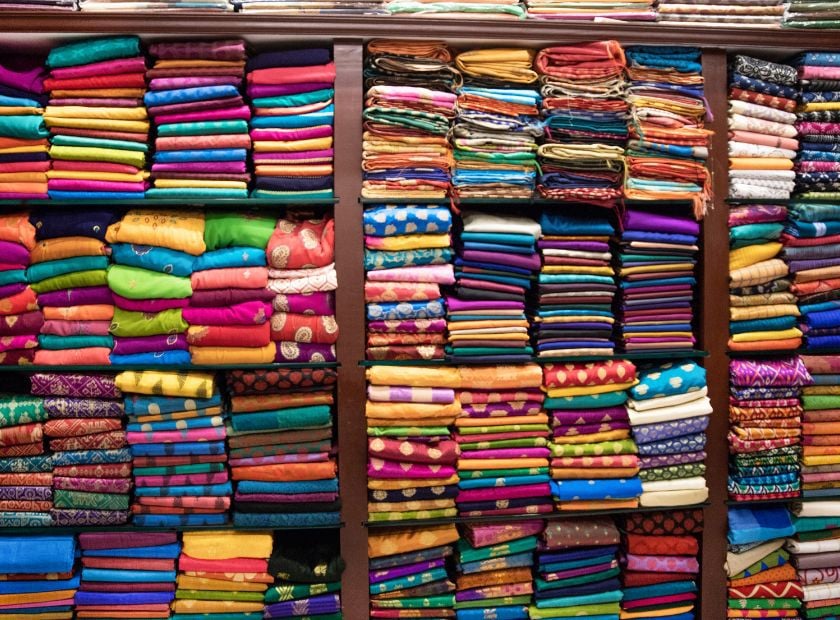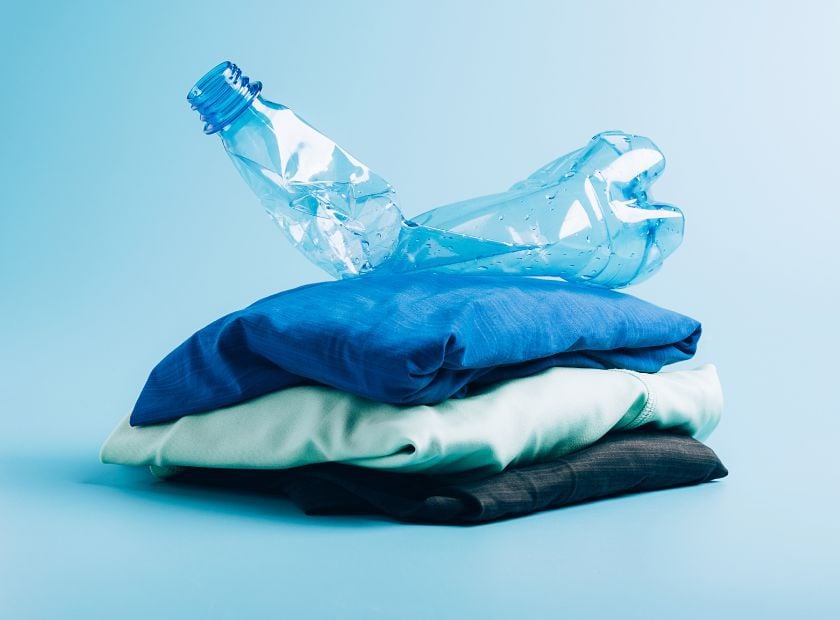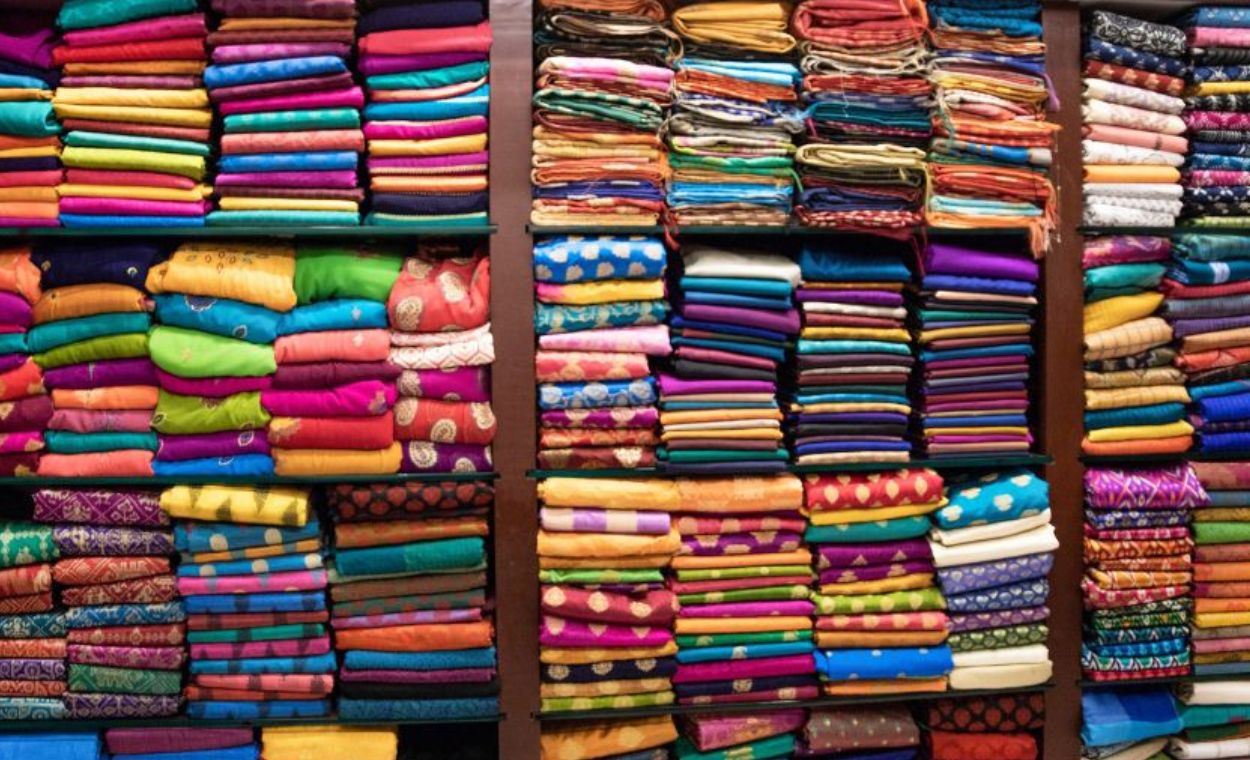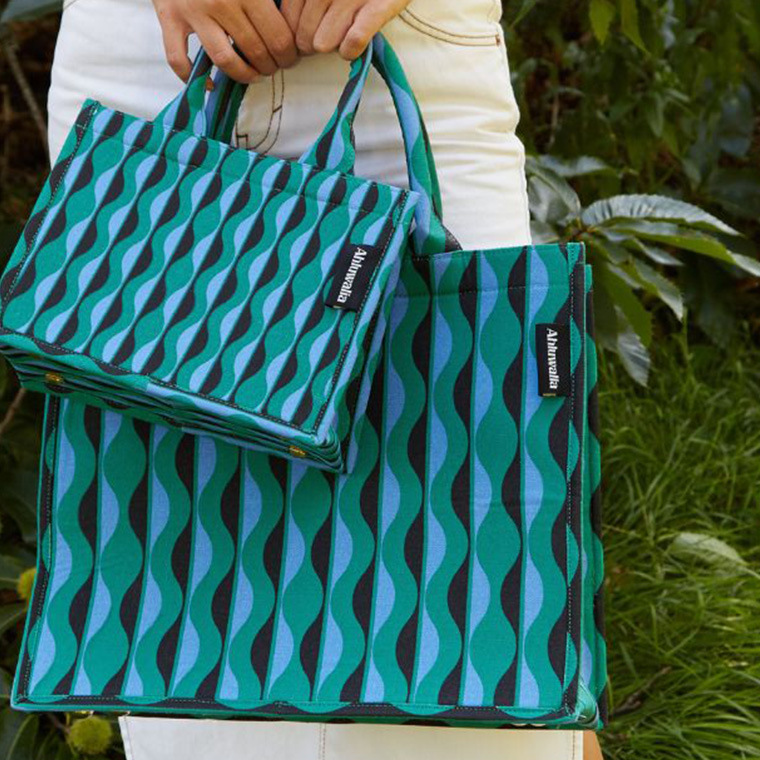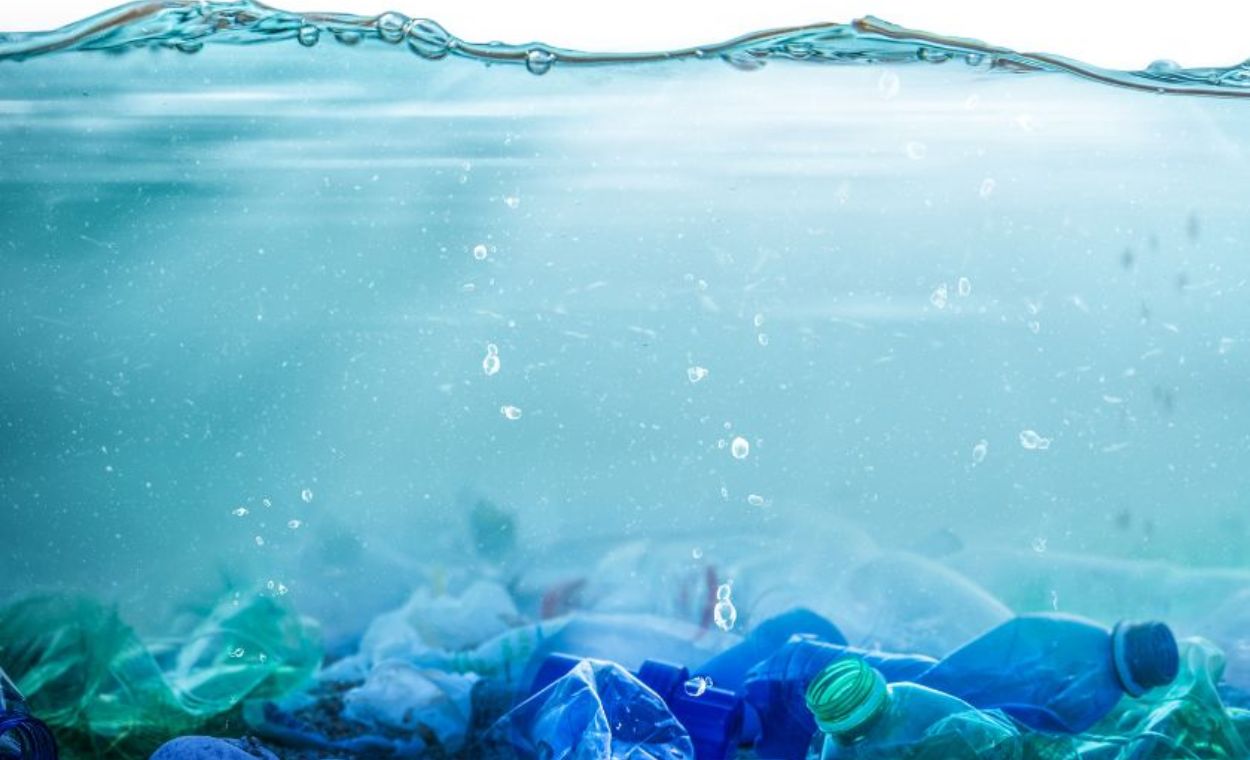In recent years, brands have become more conscious of the environmental impact they have and the need to reduce it. The fashion industry is the second-biggest polluter, and there is an issue of overproduction:
Every year, consumers buy around 100 billion pieces of clothing and discard 92 million tons of it. The Ellen MacArthur Foundation estimates that 73% of these discarded clothes go to either landfills or become incinerated.
In response to pressure from public authorities and consumers, fashion brands are investing a lot of resources to reduce their environmental impact by using recycled fabrics in both products and packaging and promoting the fact that they are eco-conscious.
However, utilizing recycled materials is more complex than it may initially appear to be and is a far cry from being the ultimate solution that the brands are expecting.
The difficulties and restrictions of recycling textiles
Brands often emphasize their environmental friendliness by drawing the attention of the consumer to their products made from recycled textiles.
However, according to a recent study by the Royal Society for the Arts (RSA), these materials make up a “miniscule” portion of all textiles produced for the fashion industry. In reality, the great majority of recycled textiles are not from old clothes, as the Ellen McArthur Foundation estimated, with only about 1% of recycled textiles being used to make new garments.
Why not use fabrics recycled from natural materials instead? This is because the process for recycling clothing is complex and very labor intensive.
First, the different types of fabric must be separated. This can be difficult, if not impossible, when dealing with a large number of garments made from multiple materials or without labels.
Although there has been extensive research into methods of recycling mixed material fabrics, it is not yet advanced enough to implement it on a large scale. Similarly, technology to accurately identify unlabeled fabrics is still not advanced enough to be of use on a large scale.
- Once the fabrics are separated, each item of clothing must also be stripped of polyester threads, labels, fastenings such as zippers and buttons, and decorative embellishments. After this is completed, the textiles are put through either a mechanical or chemical recycling process.
- The mechanical process involves shredding the material to extract the fibers. Some mechanical processes can be inefficient due to not all the fibers being retrieved. This process can damage the textiles, so the quality of the materials may not be high enough to be reused in clothing unless additional virgin fabrics are added, which would work against the purpose. Without the extra virgin materials, these textiles may only be used for other fabric-based items like mattresses, which cannot be recycled and will either end up in a landfill or be burned.
- The chemical process dissolves the fibers from the fabric and breaks them down into their individual components, including monomers and oligomers. New yarn is produced from the fibers. The chemical process is more effective in terms of the final result, which can yield up to virgin-quality fibers. The chemicals used in the process can also be recycled multiple times.
In the end, garment-to-garment recycling is very costly and companies such as Zara and H&M are investing hundreds of millions of dollars in research and development over the coming years to find large-scale solutions.
What materials are most commonly used in the production of recycled fabrics, and how does this affect the circular economy?
Recycled materials commonly used in fashion include recycled polyester and rPET (recycled polyethylene terephthalate), a type of plastic.
Due to the restrictions of textile recycling mentioned above, most recycled materials are created from plastic bottles (rPET). These bottles are broken apart, melted, and made into threads that are used to make clothing. This presents a problem: while plastic bottles can be recycled numerous times, a rPET fabric used to make garments cannot be recycled again and will end up in a landfill, resulting in a long-lasting pollution through microplastic.
Researchers from the National Council of Italy have discovered that most of the microplastic contamination in the world’s oceans is caused by the laundering of clothes in general!
New fabrics and textiles, or virgin polymers, are made with oil and gas, leading to a climate crisis. Fast fashion has exacerbated the issue, as the amount of fabric created from fossil fuel-produced virgin polymers has drastically grown, and fiber production is projected to reach 146 million tons annually by 2030.
Both brands and consumers are aware of the environmental effect of this type of production, but both are attached to the quick fashion model of more production – and therefore sales and profits for the brand – and affordable fashionable clothes for the consumer. Brands may also be worried about the potential for varied quality of recycled fabrics – especially those created by mechanical recycling processes.
Are virgin polymers the best available option currently?
The main problem with virgin polymers, as with all plastic-based fibers, is their impact on the environment. It has already been noted that they must be produced using fossil fuels. Disposing of them is also not very eco-friendly. Unlike natural fibers, fabrics made from virgin polymers do not decompose for hundreds of years, if ever. Therefore, they are currently not the best option.
What are the other options?
There are other options available besides virgin polymers and rPET. Some of these are relatively recent, such as biosynthetics made from corn or other plant-based materials. These can be contentious as although they are partially bio-based, they are often blended with fossil fuel-derived products and may contain as little as 35% bio-based material, with nearly two thirds of the fiber coming from fossil fuels. These alternatives are not always an environmentally-friendly substitute for virgin polymer-based fabrics or rPET.
Brands may look into using other materials besides ethically sourced natural organic fibers, like cotton.
Not purchasing any new clothes could also be part of the solution. Companies like Net-A-Porter are beginning to persuade shoppers to extend the life of their current garments by either providing in-store repair services or online tutorials which enable customers to repair and refresh their own clothes.
What can you and your company do?
If you’re worried about the environmental effect of your brand’s fabric selections, the best thing to do is consult with an expert. We at Supreme Creations have over 20 years of knowledge in ethical and sustainable fabric manufacturing, and we’d be glad to assist you in deciding your next move.
Why using Recycled Materials is not always the solution it seems to be
